Minimalist Living: How to Simplify Your Life and Reduce Stress
In a world that values more—more possessions, commitments, and noise—minimalism provides a silent protest. It’s not only about cleaning your closet or having less possessions. It’s a mindset shift that promotes clarity, serenity, and purposeful living. For people dealing with hectic schedules, workplace chaos, and emotional overload, minimalist living may be an excellent method for restoring peace of mind.
What is minimalism, really?
Minimalism is not about deprivation. It’s about arranging your life such that everything in it has a purpose or makes you happy. It’s the practice of letting go of excess, distraction, and worry to make way for what actually matters.
- Less clutter = less decision fatigue
- Fewer distractions = more focus
- Intentional choices = deeper satisfactions
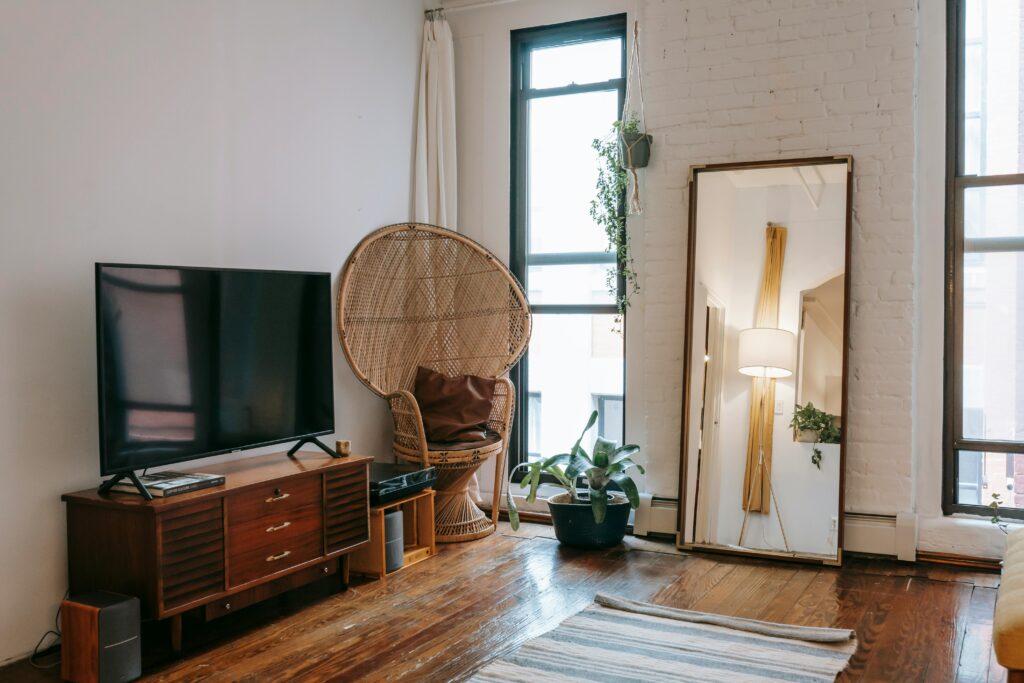
Here are a few thoughtfully chosen products to help you begin your minimalist journey:
The Link Between Simplicity and Stress Reduction
Stress is frequently caused by overstimulation—too many tabs open, too many thoughts racing, both literally and cognitively. Minimalism reduces cognitive burden by streamlining your surroundings and behaviors.
- A tidy desk promotes mental clarity.
- A simplified wardrobe and a few style hacks reduce morning anxiety.
- Fewer commitments mean more time to rest and reflection
Think of it as emotional decluttering. When your surroundings are calm, your mind follows.

These calming essentials are designed to support a more focused & peaceful lifestyle:
How to Start Living Minimally
You don’t need to overhaul your life overnight. Start small, stay consistent, and let simplicity ripple outward.
Declutter Your Physical Space
A messy home or desk often leads to a messy mind. Minimalism begins with decluttering your physical environment—because what surrounds you affects how you feel and think. Begin with one drawer or shelf and eventually progress to your wardrobe, kitchen, and work desk. Keep just the items that add value or joy, and donate or sell the rest. When your environment is clean, your thoughts follow the same clarity.
Simplify Your Digital Life
We spend countless hours glued to our phones, browsing through endless feeds, responding to notifications, and managing dozens of apps. This digital clutter is equally as harmful as physical clutter since it deprives us of focus and peace of mind. Practicing digital minimalism involves getting rid of unnecessary apps, minimizing notifications, and establishing phone-free times, particularly before bedtime.
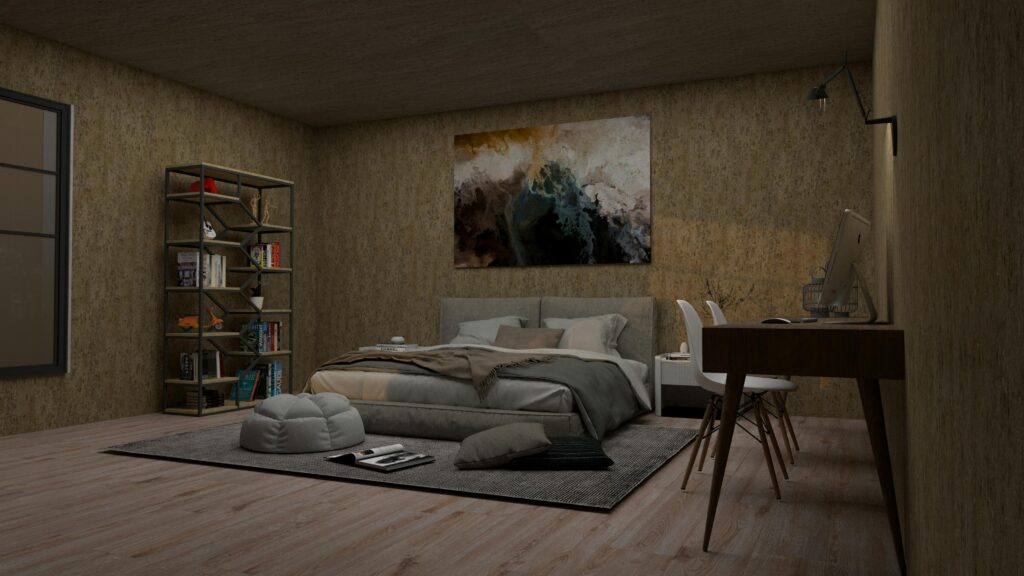
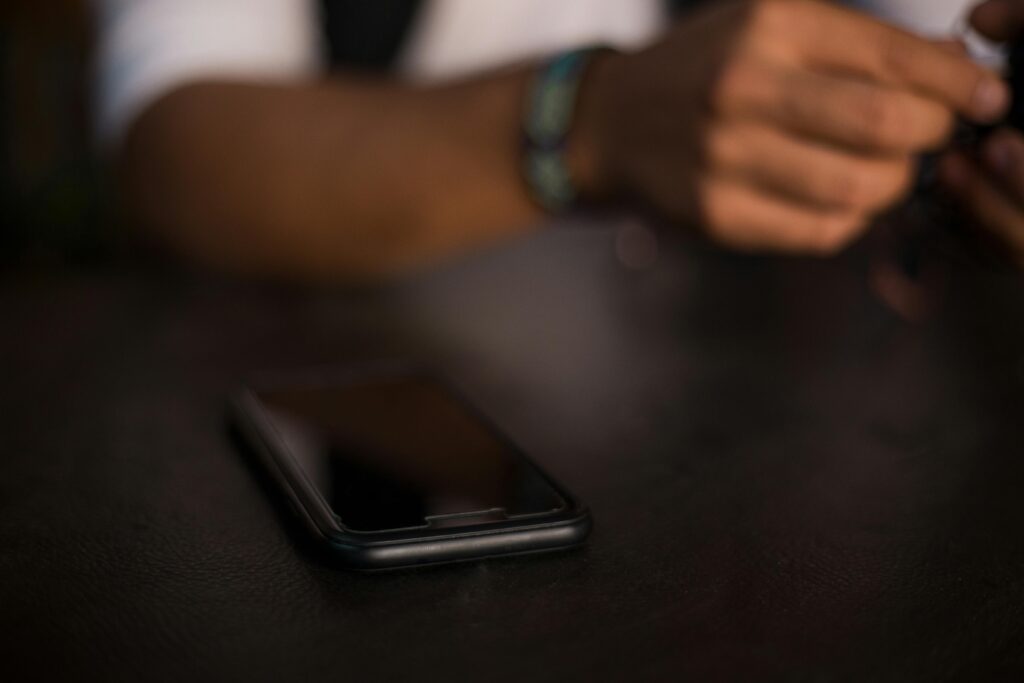
Simplify Your Schedule
An overloaded calendar is one of the most common causes of stress. We frequently accept too many commitments, leaving no time for ourselves. Minimalist living helps us to focus on what actually matters and eliminate the unnecessary. Instead of overloading your day with tasks, focus on essentials and make time for yourself. You just need a productive daily routine to simplify your schedule. Time-blocking allows you to focus on one task at a time, making you more productive and less overwhelmed. Remember that saying “no” to what doesn’t serve you means saying “yes” to your well-being.
Streamline Your Wardrobe
A minimalist wardrobe doesn’t mean boring—it means versatile. Choose pieces that reflect your personal style, are versatile, and comfortable to wear. Neutral chinos, tidy shirts, and clean shoes are all smart-casual classics that work well. You just need a few casual staples to dress well round the week. Owning fewer but better pieces makes you appreciate what you have. It is about having the elements that make you feel good and confident.
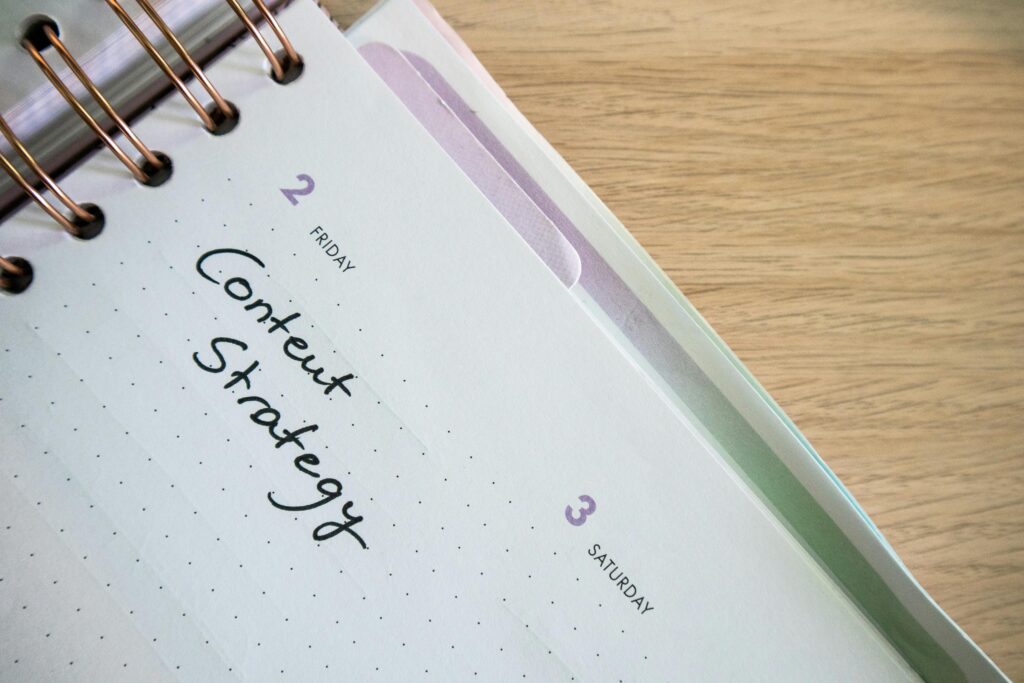

Start small with these practical tools that make simplifying your space and routine feel effortless:
Minimalism as Emotional Design
Minimalism is more than simply a style; it is a feeling. It’s the peaceful assurance of a room that doesn’t demand attention but instead invites you to breathe. Emotional design through simplicity is about creating spaces that complement, not compete with, your internal mood. Your surroundings influence your emotions. When your surroundings are congested, your mind frequently replicates the mess. But when your space is decluttered, with intentional clean lines, soft textures, and natural light, it becomes a sanctuary. A minimalist workstation that incorporates natural light, clean lines, and intentional design can promote focus, serenity, and creativity. Try the following approaches to designing with emotion in mind:
- Incorporate natural elements: a single plant, a wooden surface, or linen textures can ground your space and evoke serenity.
- Choose calming colors: Soft neutrals, warm whites, and neutral earth tones promote relaxation and focus.
- Curate meaningful objects: Display only what resonates emotionally—a photo, a quote, or a piece of art.
Minimalist emotive design is about creating a setting that mirrors who you are at your most grounded. It’s not sterile; it’s soulful.
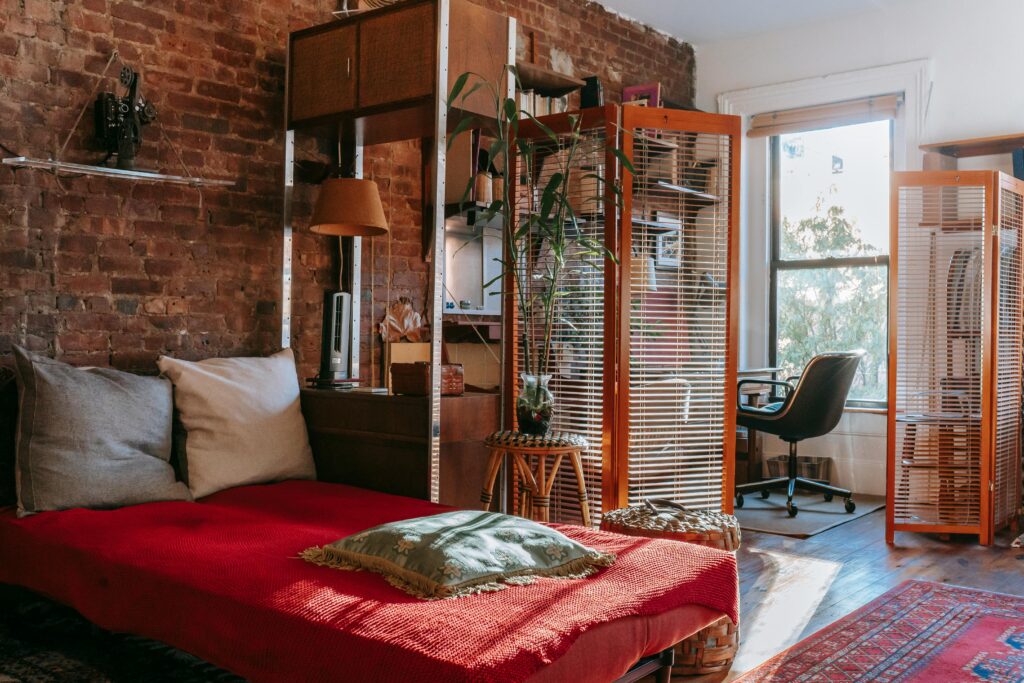
Create a space that feels as good as it looks—these design elements add emotional depth to minimalist living:
The Payoff: A Life That Breathes
The benefit of minimalist living is more than just a clean home; it is a transformed life. When you strip away the excess, you uncover space for what truly matters. You start to live with intention, clarity, and emotional liberation. Here’s how it looks:
- More Time: You’re no longer buried under clutter or endless obligations. You reclaim hours of creativity, connection, and rest.
- More Energy: With fewer distractions, your focus sharpens. You feel lighter, more present, and less drained.
- More Peace: Your environment supports your well-being. You wake up to calm, not chaos. You move through your day with ease.

Minimalism is not about having less; it is about making room for more of what motivates you. More purpose. More joy. More alignment. It’s a living lifestyle, one that encourages you to pause, ponder, and live fully. And in today’s fast-paced world, that kind of existence is revolutionary.

